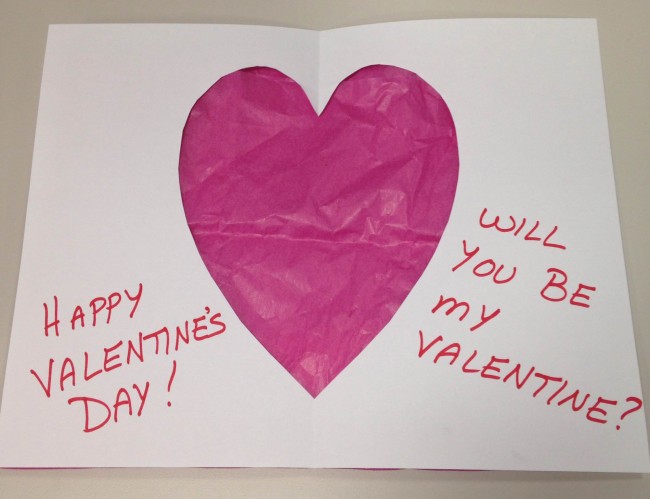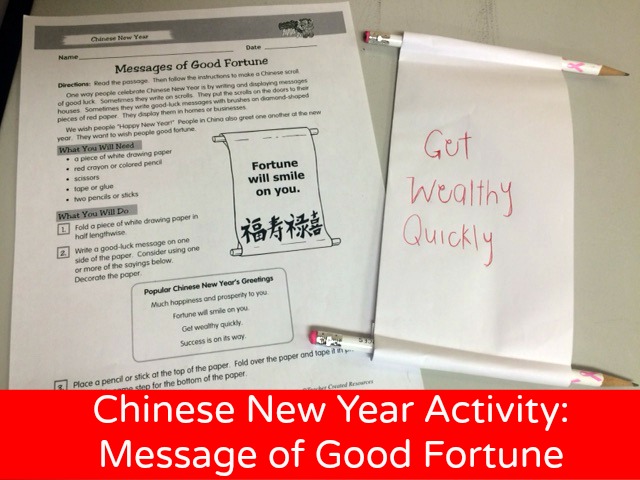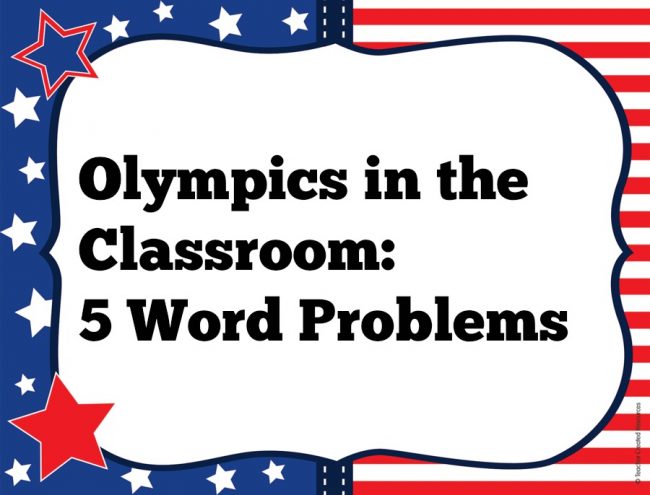 Get your students excited about the upcoming Olympic Games in Rio De Janeiro. Kick off an Olympic themed lesson with a fun math activity. Read each word problem to your student, and have them write the answer on a dry erase board. Reward students with Olympic Medal Wear ‘Em Badges.
Get your students excited about the upcoming Olympic Games in Rio De Janeiro. Kick off an Olympic themed lesson with a fun math activity. Read each word problem to your student, and have them write the answer on a dry erase board. Reward students with Olympic Medal Wear ‘Em Badges.
Olympic Word Problems:
- Jackie Joyner-Kersee is a great Olympic athlete who has won many medals. Over the years, she has won three gold medals, one silver medal, and two bronze medals. How many medals has Jackie won in all?
- The city of Los Angeles, California, has hosted the Olympic Games twice. The first time was in 1932. The second time was in 1984. How many years passed between those two Olympic Games?
- In 1992, the U.S. men’s basketball team was nicknamed “The Dream Team.” Everybody on the team was a great player. None of the teams they faced in the Olympic Games came close to beating them. In the finals, “The Dream Team” beat the team from Croatia by a score of 117–85. By how many points did “The Dream Team” beat Croatia in that game?
- There were many exciting track-and-field events that took place during the Beijing 2008 Olympic Games. In 24 of the events, men competed against each other. In the other 23 events, women competed against each other. How many total (men’s and women’s) track-and-field events was there in the Beijing 2008 Olympic Games?
- During the time of the 1996 Olympic Games, Michael Johnson might have been the fastest human on the planet. He broke the world record when he ran the 200-meter race in 19.32 seconds. Whose record did he break? He broke his own record! His fastest time had been 19.66 seconds. By how many seconds did he break his old record?
Do you want more Olympic activities? Try these:

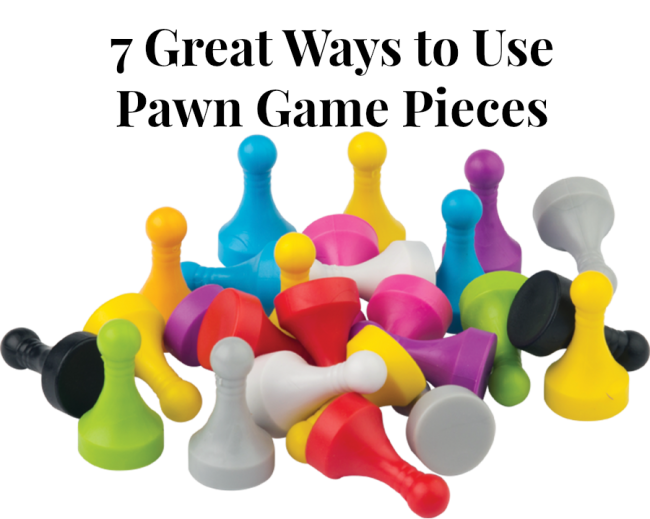
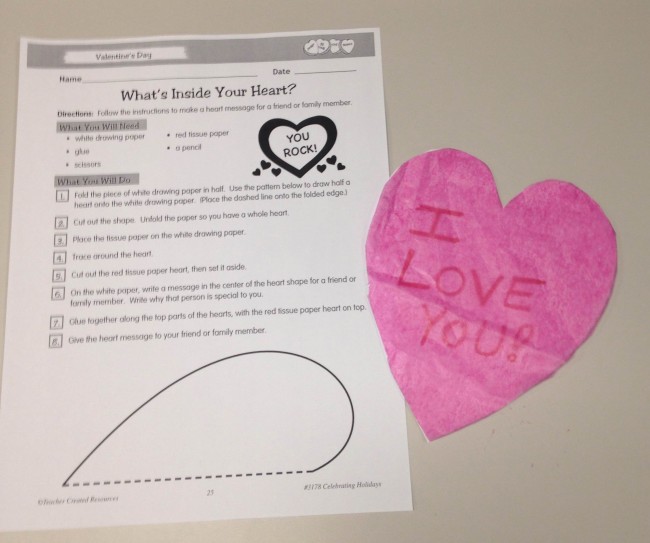 All you need is white drawing paper, red or pink tissue paper, glue, scissors, a pencil, and a marker.
All you need is white drawing paper, red or pink tissue paper, glue, scissors, a pencil, and a marker.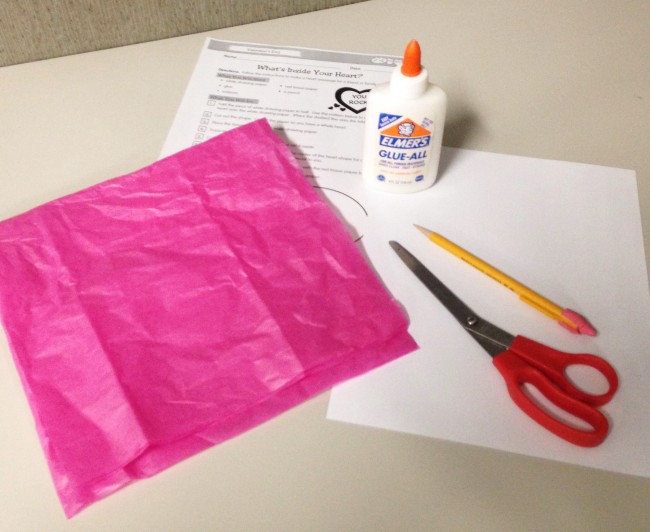
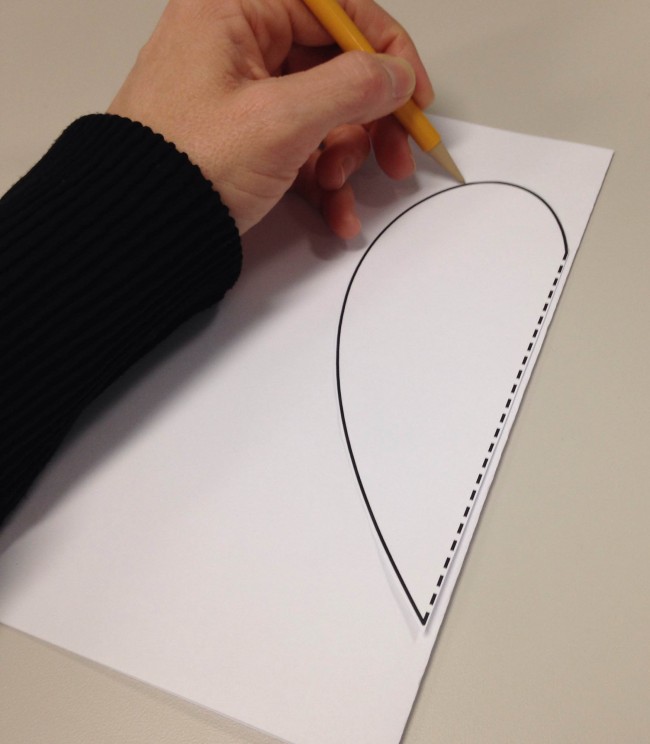
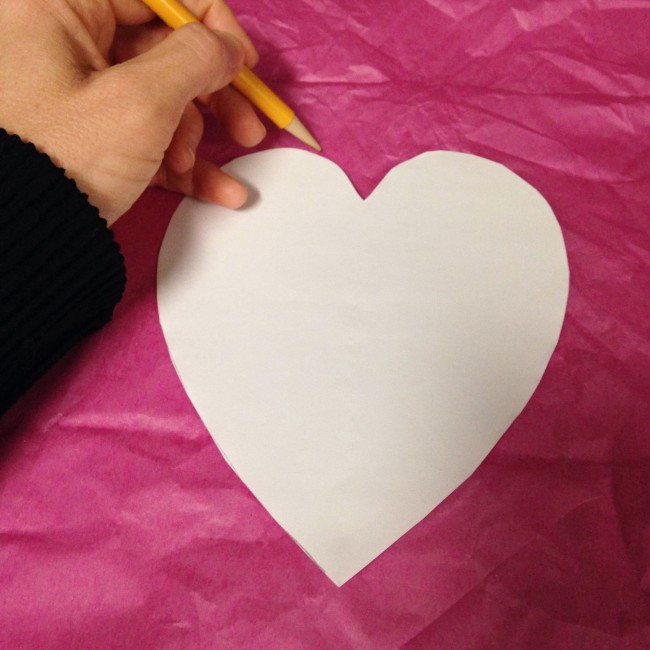
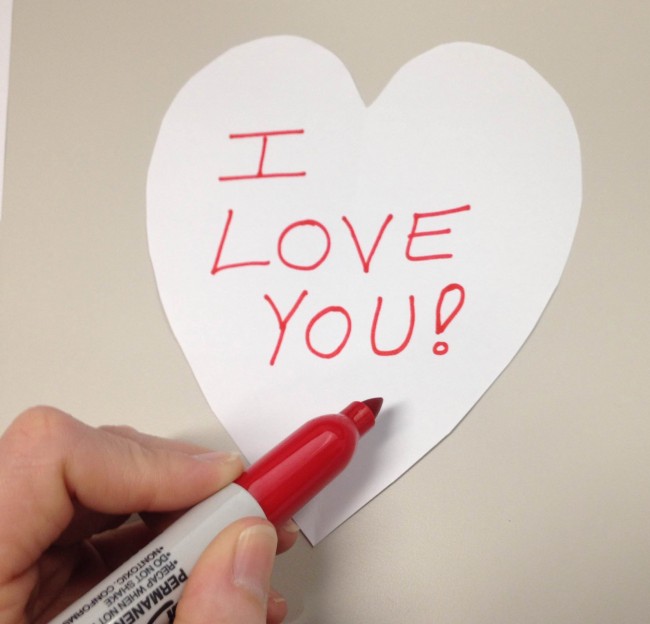
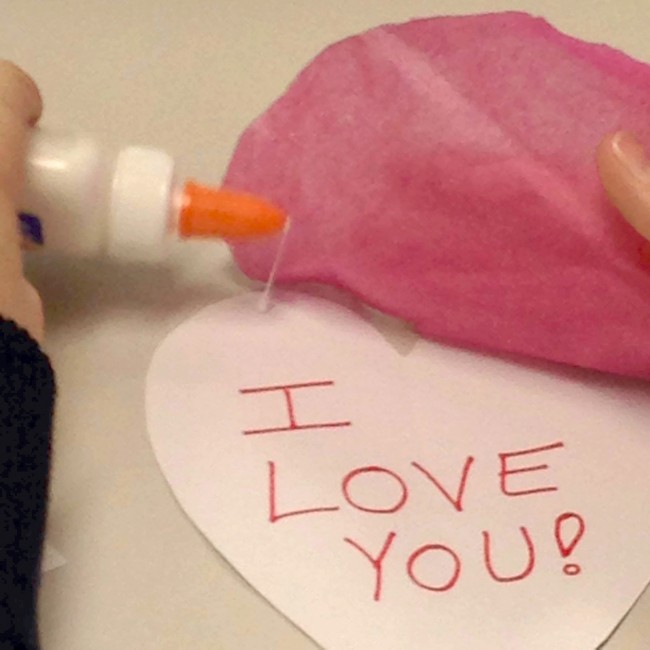 You can also use the rest of the white drawing paper and any leftover tissue paper to create another valentine. Just glue the tissue to the back of the drawing paper to cover the heart-shaped hole, then write a message on the front of the paper.
You can also use the rest of the white drawing paper and any leftover tissue paper to create another valentine. Just glue the tissue to the back of the drawing paper to cover the heart-shaped hole, then write a message on the front of the paper.